Table of Contents
Upper abdominal pain is a common reason for medical consultation in adults and children. Due to various essential organs such as the intestines, liver, pancreas, gallbladder, stomach, and spleen being in this abdomen region, pain rises to an extensive list of potential causes. Among the most common are indigestion, heartburn, gas, and gastroenteritis.
In this article, we will learn about what are upper abdomen organs and the most common causes of upper abdominal pain. We will also offer practical tips, including home remedies and exercises to relieve these discomforts.
Upper abdomen organs: What are they?
The upper abdomen houses multiple organs, each with different functions, so it is important to understand where they are located, what functions they have, and what signs and symptoms they cause.
The abdomen is anatomically divided by two imaginary lines into four quadrants: the right upper quadrant (RUQ), the left upper quadrant (LUQ), the right lower quadrant (RLQ), and the left lower quadrant (LLQ). These divisions are important for locating possible areas of pain during a medical evaluation.
The upper abdomen includes the right upper quadrant and the left upper quadrant.
Right upper quadrant (RUQ)
- Liver: Located primarily in the right upper quadrant. It has multiple functions, although the most important are bile production, protein, and cholesterol synthesis, as well as drug detoxification and regulation of blood clotting.
- Gallbladder: Located below the liver, the gallbladder stores bile produced by the liver and releases it to facilitate the digestion of fats.
- Right upper kidney: Although the kidneys are located primarily in the posterior region, the right upper kidney may extend into the right upper quadrant. The kidneys filter the blood and produce urine.
- Large intestine and small intestine: It also contains part of the large intestine (ascending colon and part of the transverse colon) and the small intestine, which is responsible for the transit of food and the production of fecal matter.
Left upper quadrant (LUQ):
- Left lobe of the liver: The liver is large, so part of its left lobe extends beyond the midline.
- Stomach: The stomach occupies the upper central part of the abdomen and is responsible for the initial breakdown of food.
- Pancreas: Located behind and slightly to the left of the stomach, the pancreas produces digestive enzymes and crucial hormones such as insulin.
- Upper left kidney: Similar to the right side, the left upper kidney may extend into the left upper quadrant.
- Large intestine and small intestine: Part of the transverse and descending colon is present, along with the small intestine.
- Spleen: Located in the left upper abdomen, below the diaphragm, and behind the stomach. Its most important functions are to filter the blood and eliminate damaged red blood cells and platelets. It also filters and destroys pathogenic microorganisms. In addition to the above, it is an essential organ for the immune system, as it contains cells that act in the immune response against infections.
Dividing the abdomen into quadrants is very useful for interpreting abdominal symptoms correctly. Knowing the location and most important functions of each organ allows us to understand our human body and find out which organ may be affected according to its location.
Upper abdominal pain: What are possible causes?
Upper abdominal pain can be due to a variety of causes, from light problems, such as dyspepsia, to emergencies, such as myocardial infarction. Therefore, knowing the causes and alarm symptoms is important to arrive at an early diagnosis and treatment. Below are common causes of upper abdominal pain:
Indigestion
Indigestion, also known as dyspepsia, is a term used to describe one or more symptoms, including a feeling of fullness during a meal, uncomfortable fullness after a meal and burning or pain in the upper abdomen. Indigestion is common in adults and can occur occasionally or as often as daily. Most people with indigestion have more than one of the following symptoms:
- Early satiety: Feeling full shortly after starting the meal and cannot finish it.
- Discomfort after food intake: You may feel too full after the meal and feel like the food stays in the stomach too long.
- Epigastric pain: The epigastric area is just below the sternum. You may experience epigastric pain that ranges from mild to severe.
- Epigastric burning: An unpleasant sensation of heat in the epigastric area.
- Other less frequent symptoms that may occur with indigestion are nausea and bloating, an unpleasant tightness in the stomach. Nausea and bloating may be due to causes other than indigestion.
Indigestion is typically addressed initially through dietary adjustments, which involve avoiding irritants, such as spicy foods, alcohol, and coffee while increasing water intake (1). If the discomfort persists, your doctor may recommend a stomach protector and advise modifications to your diet.
Gastritis and gastric ulcer
Gastritis refers to inflammation of the stomach lining and can be categorized as erosive or non-erosive. Erosive causes include stress, alcohol, and certain drugs such as nonsteroidal anti-inflammatory, and bisphosphonates, while non-erosive causes involve Helicobacter pylori infection. Some symptoms are:
- Central upper abdominal pain: The typical presentation occurs with recurrent episodes of localized pain in the upper central abdomen, burning type, which is exacerbated in the evening, hours after a late dinner, which relieves with meals. It is important to note that in 40% of cases, gastritis may be asymptomatic (2).
- Nausea and vomiting: When you feel irritated in your stomach, nausea and vomiting may appear. They usually appear after consuming irritants.
- Heartburn or acid regurgitation: Patients may report a retrosternal burning sensation (pyrosis) or acid regurgitation into the throat, both symptoms associated with gastroesophageal reflux aggravated by hyperacidity or delayed gastric emptying.
- In complicated ulcers: Abdominal pain is usually very intense and persistent; there may be abdominal rigidity, weight loss, and other symptoms. In the presentation of these symptoms, promptly seek medical advice.
Gastroenterologists can diagnose gastritis or gastric ulcers by clinical examination and by the positive effects of medications such as proton pump inhibitors (omeprazole, pantoprazole). If these symptoms persist, the physician may request an endoscopy (3).
Gastroesophageal reflux disease (GERD)
GERD occurs when stomach acid backs up into the esophagus, irritating the lining of the esophagus. It is usually due to relaxation of the upper esophageal sphincter or causes such as hiatal hernia, which allows gastric acid to move up into the esophagus. Symptoms may include:
- Heartburn: Burning sensation in the chest, usually after eating, which may worsen at night or bedtime.
- Acid regurgitation: Reflux of food or acidic liquid from the stomach into the esophagus, resulting in a burning sensation in the throat.
- Alarming symptoms to watch out for are weight loss and difficulty swallowing liquids or food (dysphagia). If these symptoms occur, you should see your doctor promptly.
If you have typical symptoms of GERD, such as heartburn or acid regurgitation, your doctor may instruct you to make lifestyle changes by avoiding late meals and not going to bed immediately after dinner. It is also important to lose weight if you are overweight, as this creates increased intra-abdominal pressure that exacerbates symptoms.
If you do not respond to conservative measures, your doctor will prescribe pharmacological treatment (4).
Gallstones
Formations of gallstones occurring in the gallbladder that have intense upper abdominal pain or are without any symptoms. The pain associated with gallstones in the right upper quadrant is a spasmodic type that comes on acutely and intensely after a large meal, may radiate to the back, and often lasts for several hours. It is important to remain vigilant for accompanying symptoms, which may encompass:
- Nausea and vomiting
- Fever
- Chills
- Dark urine or pale stools
- Yellowing of the skin (Jaundice)
If you are experiencing symptoms associated with gallstones or suspect choledocholithiasis it is necessary to consult a healthcare professional or seek emergency medical attention immediately. Gallstones lodged in the bile ducts can give rise to severe complications that demand immediate intervention (4).
Heart attack
A myocardial infarction, resulting from the blockage of a cardiac artery, may exhibit typical symptoms such as intense chest pain, often described as oppressive, which tends to radiate to the left arm, accompanied by cold sweats.
However, there are other presentations, for example, when the infarction occurs in the lower part of the heart, clinically presenting as pain in the pit of the stomach, difficult to distinguish from abdominal causes (5). Therefore, the doctor must suspect it early to perform an electrocardiogram for a rapid diagnosis and treatment.
Pneumonia
Pneumonia is an infection that causes inflammation of the lung air sacs, inducing acute chest pain and intense abdominal pain when the lower lung lobes are affected. Typical symptoms include fever and cough with mucous expectoration (6). Less common are upper abdominal pain and difficulty breathing. Diagnosis usually requires a chest X-ray, and treatment involves antibiotics, which can be administered on an outpatient basis or, if more severe, may require hospitalization.
Understanding that upper abdominal pain is a common symptom with diverse origins, encompassing common pathologies such as indigestion and more critical conditions such as myocardial infarction, enables the general population to seek medical attention on time. Recognizing the causes and paying attention to the alarm signs is essential to facilitate an early diagnosis and rapid and effective treatment, minimizing associated complications.
Home remedies to ease upper abdomen pain
It is important to understand the signs and symptoms so that when you experience stomach pain, you can initially seek home remedies or try over-the-counter drugs. Sometimes, these remedies can quickly relieve bloating, gas, nausea, and abdominal pain. The right medication will depend on your specific symptoms. Here is something you can try for quick relief:
Heating pad
If you have stomach discomfort, a heating pad or hot water bottle is useful to calm the pain. The heat relaxes the stomach muscles and makes them less tense. This is a common practice for women suffering from menstrual cramps in the lower abdomen (7).
Heating pads can also help relieve cramps and spasms in people with irritable bowel syndrome (IBS) (8).
Not lying flat
If you have pain in the upper abdomen due to reflux or heartburn, lying on your back may worsen your symptoms. In this case, it is recommended not to lie down quickly after eating and prop yourself up on some pillows when you are lying down so that your head is higher than your stomach. Lying on your left side reduces recumbent esophageal acid exposure and helps you sleep better (9).
Hydration
Stomach pain is sometimes related to or caused by dehydration. Fever, diarrhea, and vomiting increase the loss of fluids from your body. If you do not replace these fluids, you are at risk of dehydration.
The recommended daily water intake is 13 cups and 9 cups for healthy men and women, respectively (1 cup equaling 8 ounces) (10). In case of increased losses, such as fever, the needs increase.
If you have upper abdominal pain, drinking water throughout the day can help rehydrate the body and relieve discomfort. Avoid filling up on water quickly; this further inflames the abdomen and can increase abdominal pain. Instead, take sips of water to rehydrate as the day progresses.
Ginger
Ginger is known for its natural healing properties and a natural remedy for relieving stomach discomfort. Studies show its effectiveness in relieving symptoms such as nausea and vomiting, as well as the pain associated with these symptoms (11). Ginger tea can be easily purchased both in supermarkets and online.
Mint
Peppermint is well known for its use for upset stomachs. Research suggests that peppermint oil is useful for irritable bowel symptoms such as diarrhea, abdominal bloating, and gas. Peppermint can be consumed raw or cooked—tea being the most common intake method (12).
Avoid spicy or fatty foods
If you suffer from biliary colic, gastritis, heartburn, gastroesophageal reflux, or indigestion, you should avoid spicy or fatty foods to improve the symptoms of abdominal discomfort.
For those dealing with biliary colic, a diet adjustment is key:
- Cut back on fats, especially saturated and trans fats, as they can trigger gallbladder contraction.
- Opt for healthy fat sources like avocados, olive oil, nuts, and oily fish.
- Eat small, frequent meals over large ones to prevent excessive bile release.
- Integrate fiber-rich foods such as fruits, veggies, legumes, and whole grains for better digestion.
Steer clear of spicy, fried foods, and reduce intake of cholesterol-rich foods like fatty meats, whole milk products, and egg yolks (13, 14). These changes can significantly enhance your quality of life, alleviating abdominal pain.
These are some useful home remedies that can help you relieve abdominal pain due to indigestion, gastroenteritis, and stomach problems. If you have any alarming symptoms, or if your pain does not calm down with home remedies or over-the-counter remedies, you should see a doctor for a timely evaluation and a correct diagnosis.
When should I worry about upper abdominal pain?
Persistent, severe, or recurrent upper abdominal pain should be evaluated by a physician, especially if accompanied by other symptoms such as nausea, vomiting, weight loss, or shortness of breath.
How do I know if my stomach pain is gas?
Gas pain is usually accompanied by bloating, belching, and flatulence. It usually occurs with large ingestions of foods, such as carbohydrates. It is usually temporary and can be relieved with diet and over-the-counter remedies.
How can I relieve upper abdominal pain?
Home remedies such as ginger tea, warm compresses, avoiding fatty or floury foods, and staying hydrated can help relieve mild upper abdominal pain. However, if the pain persists or is severe, it requires medical attention.
What cancers cause upper abdominal pain?
Cancers such as liver cancer, pancreatic cancer, and stomach cancer can cause upper abdominal pain. However, pain alone is not indicative of cancer, and a thorough medical evaluation is necessary for a diagnosis.
Why is my upper stomach big and soft?
A distended, soft upper stomach may be due to dyspepsia, gas, gastritis, or intestinal inflammation. In some patients, such as those with liver disease, ascites may be another cause of abdominal distension, which requires medical attention for proper diagnosis and treatment.
Summary
Upper abdominal pain is a discomfort that affects many people because it affects multiple organs located there, as well as distant organs such as the lungs and heart. This region is the source of various potential causes of pain, such as indigestion, heartburn, gas, and gastroenteritis. Understanding the organs and the symptoms that may be related is important to have an accurate diagnosis.
There are many causes of upper abdominal pain; however, the most serious, life-threatening one is acute myocardial infarction, which is important that you should pay attention to the alarm signs. Gastrointestinal problems that appear after a meal can be treated first with home or over-the-counter remedies, but if the pain persists, you should consult a doctor.
Home remedies include using a heating pad, keeping well hydrated, and incorporating ginger and peppermint to relieve discomfort. Avoiding spicy or fatty foods and making small, frequent meals can benefit those suffering from biliary colic or reflux.
Lifestyle changes can significantly improve abdominal pain and improve quality of life. If symptoms persist or worsen, it is essential to see a physician promptly for an accurate diagnosis and appropriate treatment.





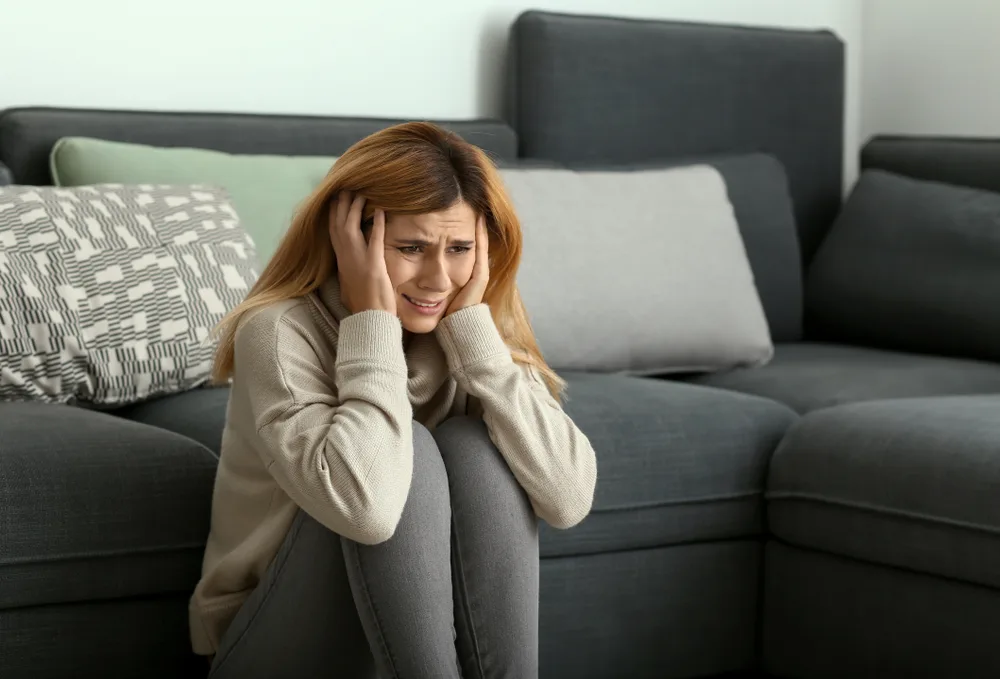

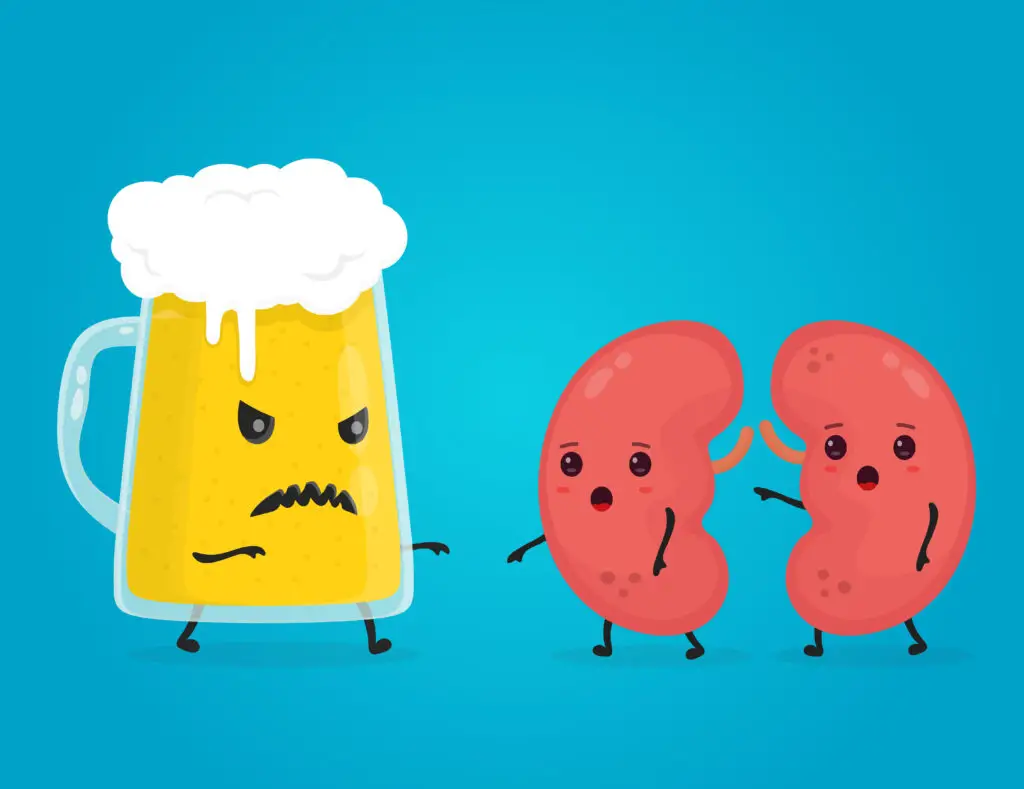

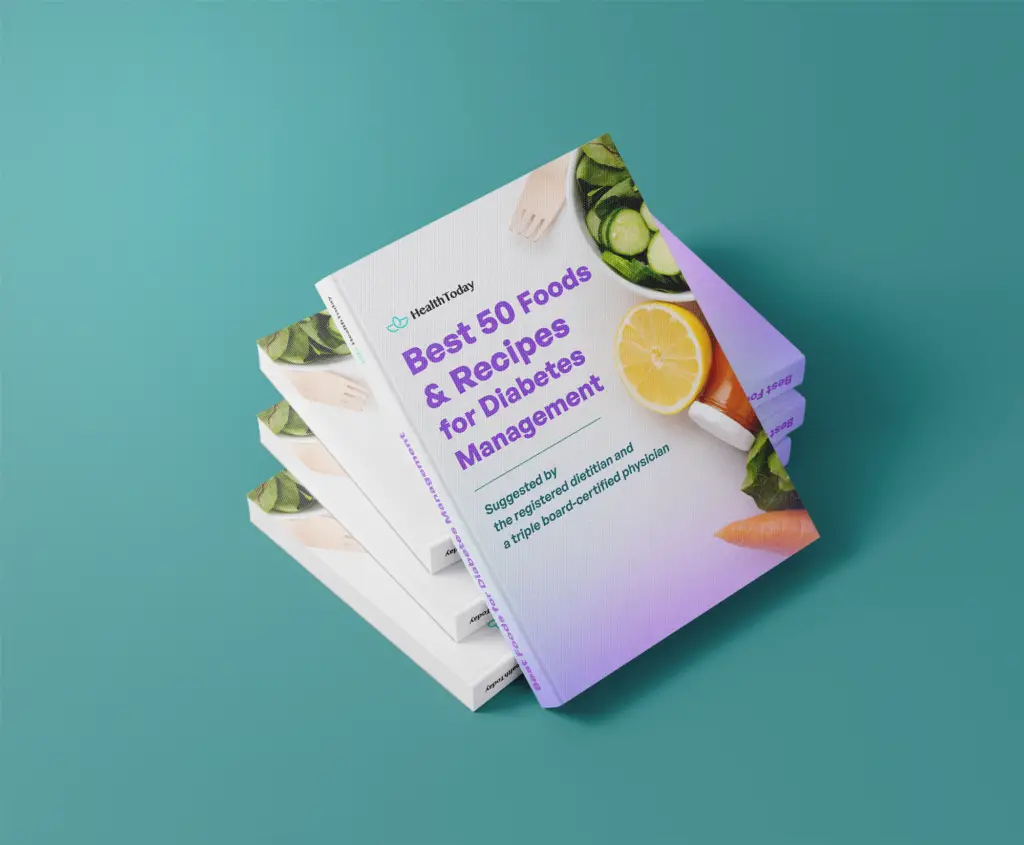

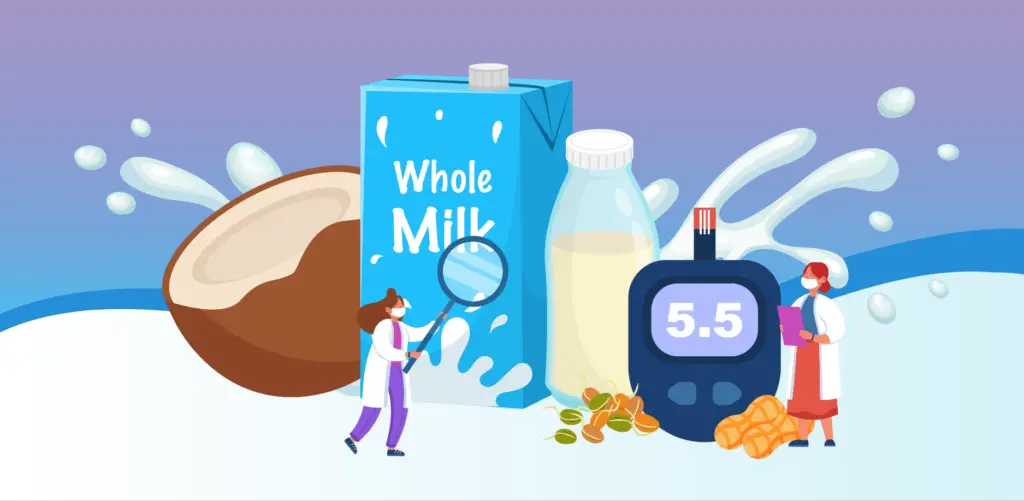

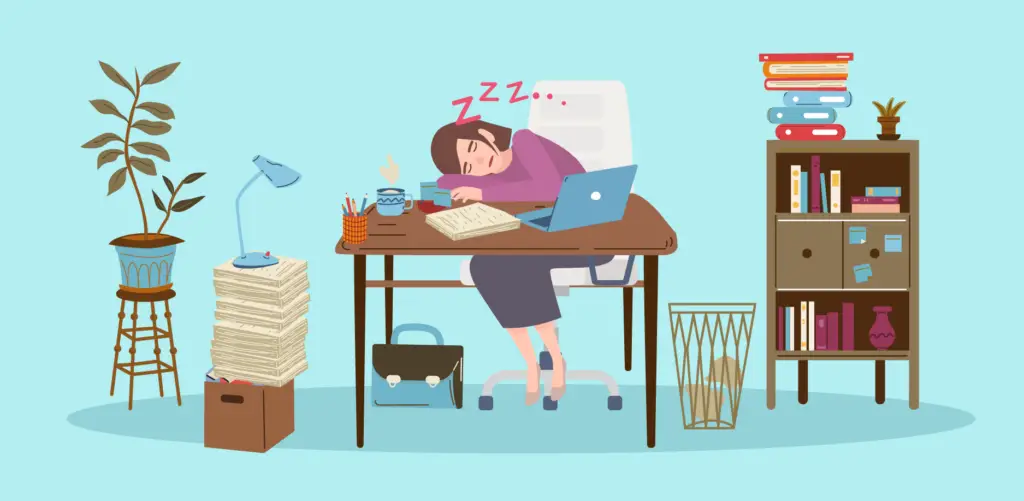

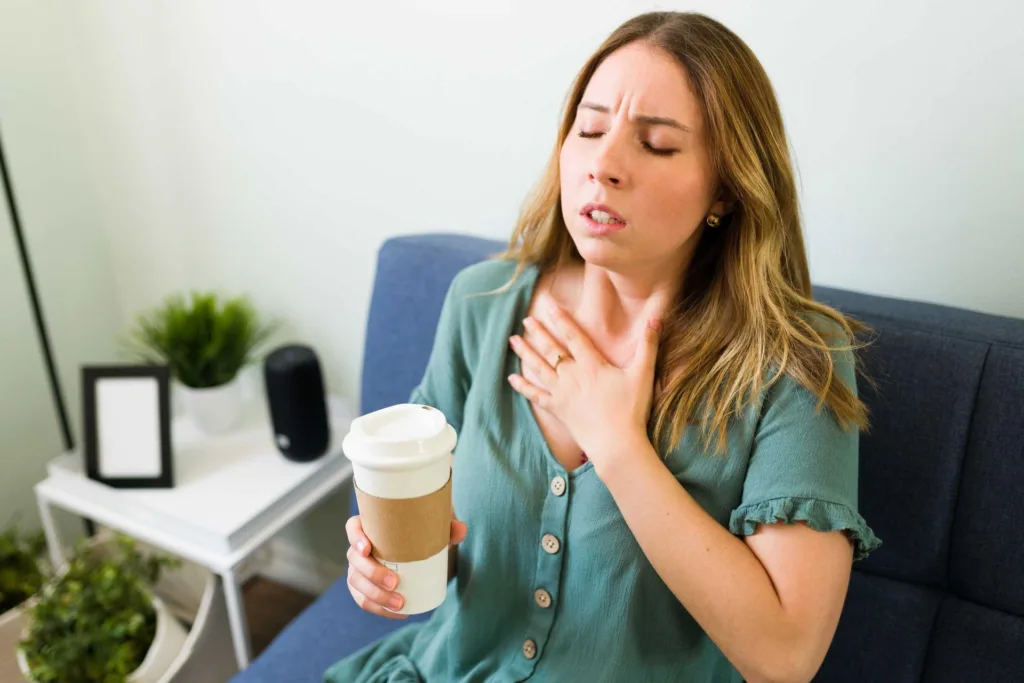
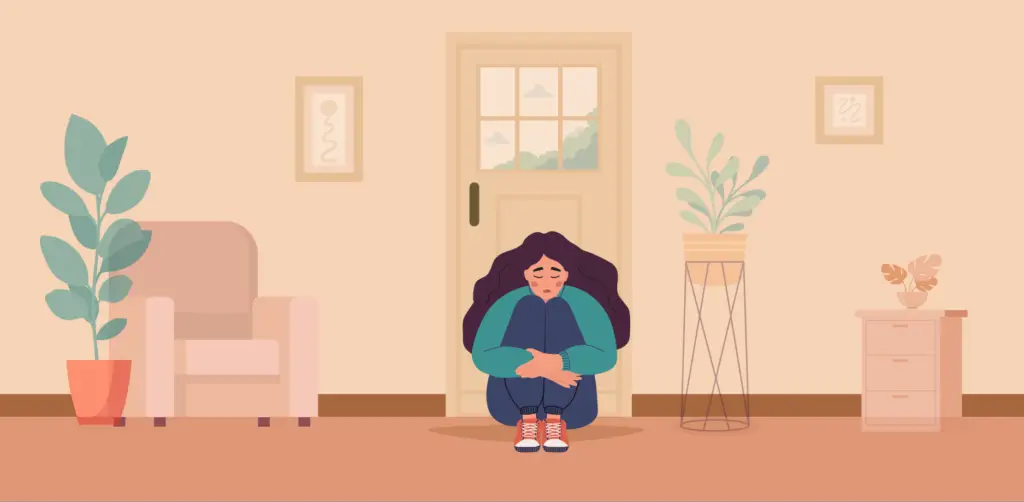
Comments
0